Hagia Sophia Church in Thessaloniki: A Historical Guide to a Spiritual Center and UNESCO Monument
If you find yourself in Thessaloniki, we recommend visiting the Church of Saint Sophia, which has been included in the UNESCO list and is one of the most important monuments with a rich history, remaining the spiritual center of Thessaloniki from the 5th century to the present day.
The Church of Saint Sophia (Hagia Sophia) is one of the most important monuments in Thessaloniki, and its rich history and spiritual significance attract visitors from all over the world.
Located at the corner of Saint Sophia Street and Ermou, not far from Aristotle’s Square itself, you can visit this very old and magnificent building.
The church is dedicated to Jesus Christ, the True Word and Wisdom of God.
History and Construction
At the site of the current church, there was a large early Christian five-aisled basilica from the 5th century, which was likely destroyed during a powerful earthquake between 620 and 630 AD.
On the foundations of that basilica, the current church was built, with the oldest written evidence of the church’s existence dating back to the late 8th century, although archaeological evidence suggests it was built even a century earlier, probably in the 7th century.
The church was the center of spiritual life in Thessaloniki for more than seven centuries, known as the “Great Church” of the city, and served as a metropolis until the early 16th century.
Changes Over the Centuries
Thessaloniki went through turbulent times, which also affected the fate of the church. During the Venetian rule over the city (1204–1224), after the Fourth Crusade, the Church of Saint Sophia was temporarily converted into a Catholic church, only to become Orthodox again upon the return to Byzantine rule.
In 1523, after the Ottoman conquest of Thessaloniki, the church was converted into a mosque. During the period of Turkish rule, the church functioned as a mosque until the liberation of Thessaloniki in 1912 when it was returned to the Orthodox community.
Fire and Restoration
In 1890, the church suffered significant damage in a major fire that engulfed Thessaloniki. However, the church was soon restored, and additional restoration work was undertaken during the 20th century to preserve its original appearance and artistic value.
Cultural and Spiritual Significance
The Church of Saint Sophia was inscribed on the UNESCO World Heritage List in 1988, along with several other important Byzantine monuments in Thessaloniki.
Today, it serves as a testament to the city’s tumultuous history and the enduring of the Christian faith through the centuries.
The interior of the church is adorned with beautiful mosaics and frescoes, many of which date back to the Byzantine Empire. Particularly impressive is the mosaic in the dome, depicting the Ascension of Christ, one of the most important scenes in Byzantine art.
Visitors can enjoy the peace and spirituality of this church, which is not just a monument of the past but also an active place of worship.
Its architectural style combines classical Byzantine elements, such as the dome and the cross at its base, with the influence of the early Christian basilica, making it one of the most beautiful examples of Byzantine architecture in Greece.
How to Reach the Church?
The Church of Saint Sophia is located in the center of Thessaloniki, easily accessible either on foot from the old town or from Aristotelous Square, but it is also accessible by public transport if coming from the outskirts of the city.
It is about 1.5 kilometers from the White Tower, which is roughly a 20-minute leisurely walk through the city streets. The church is located at the corner of Saint Sophia Street and Ermou.
We are always here to help you explore Greece! Follow us for the latest information, useful tips and authentic experiences to spend an unforgettable vacation in Greece!
We offer over 3,000 accommodations. Choose the right one for you and your family HERE.
Follow us on social networks where we regularly share exclusive offers, discounts and special arrangements for vacations in Greece as well as information, advice and useful news.
Facebook:Nikana.gr
Instagram: @nikana.gr
Tiktok: nikana.gr
Facebook grupa: Live from Greece
YouTube kanal @NikanaTravel
Write to us at e-mail: nikana@nikana.gr
Our site nikana.gr is the leading source of information about Greece.

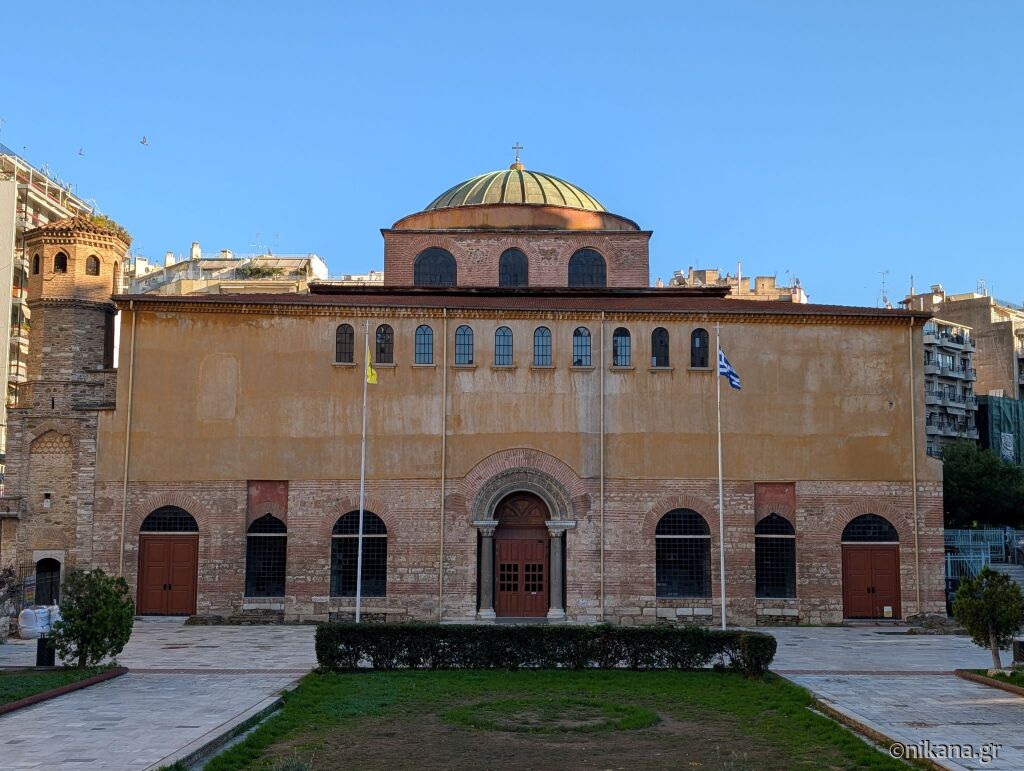

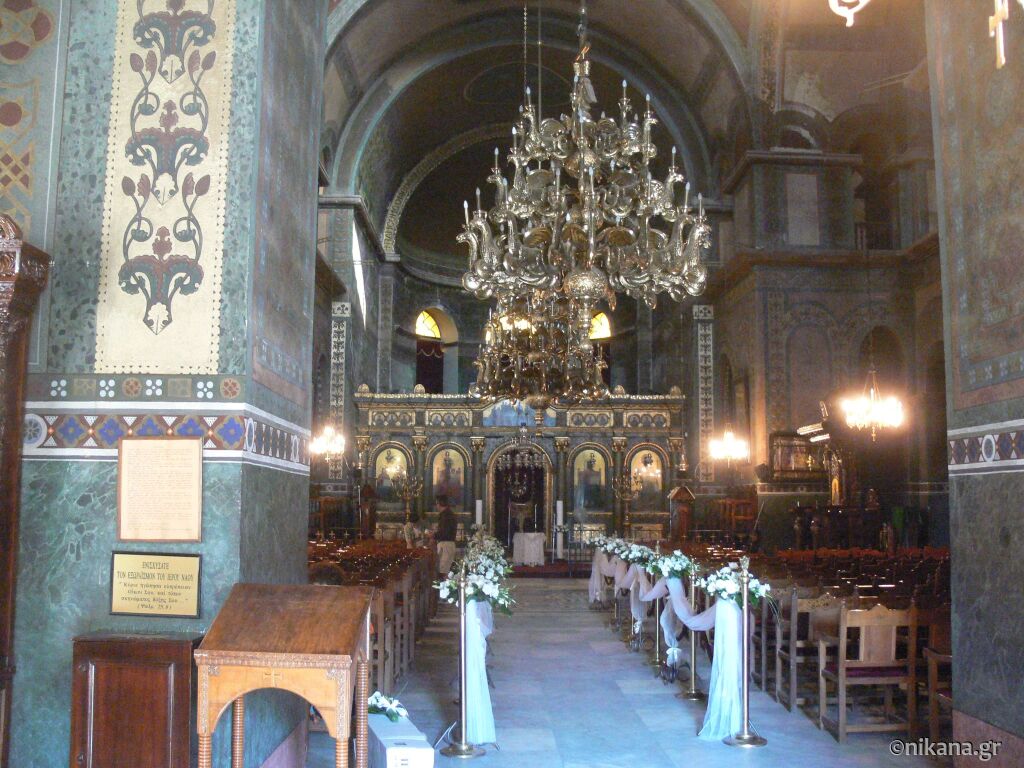
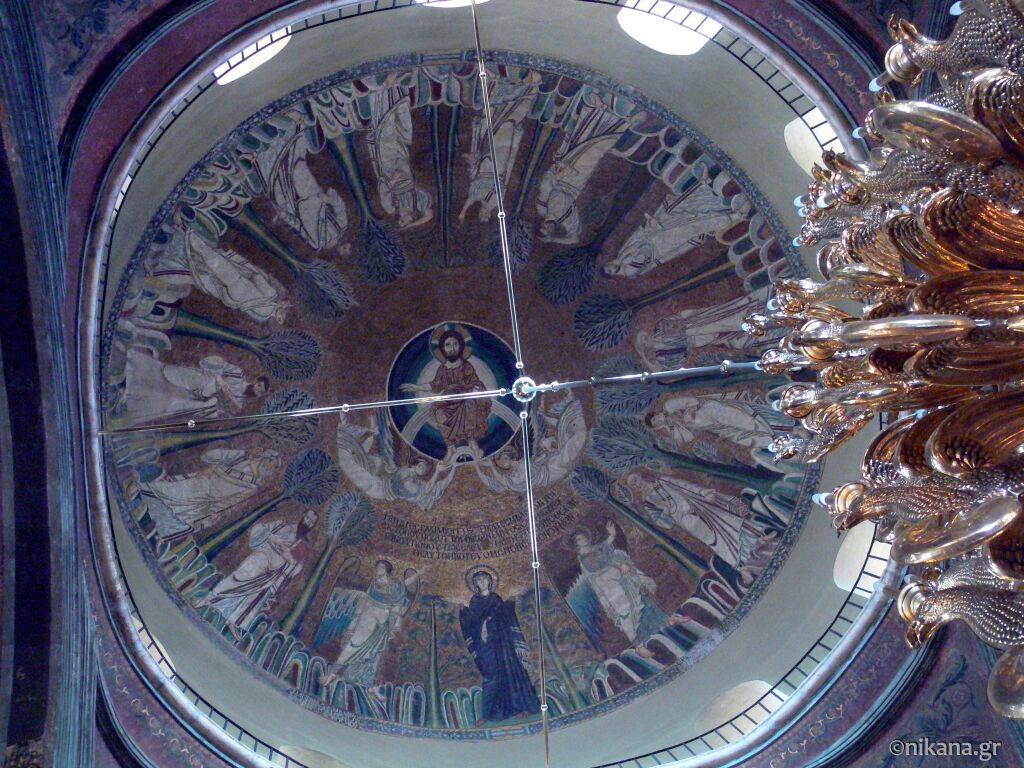

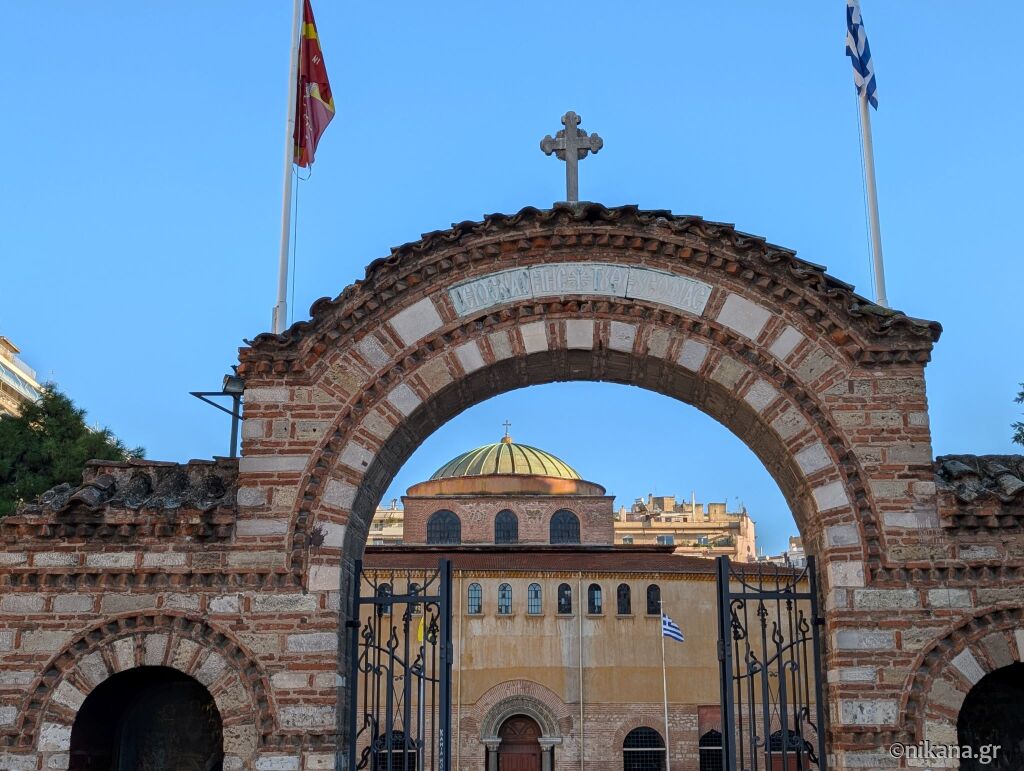
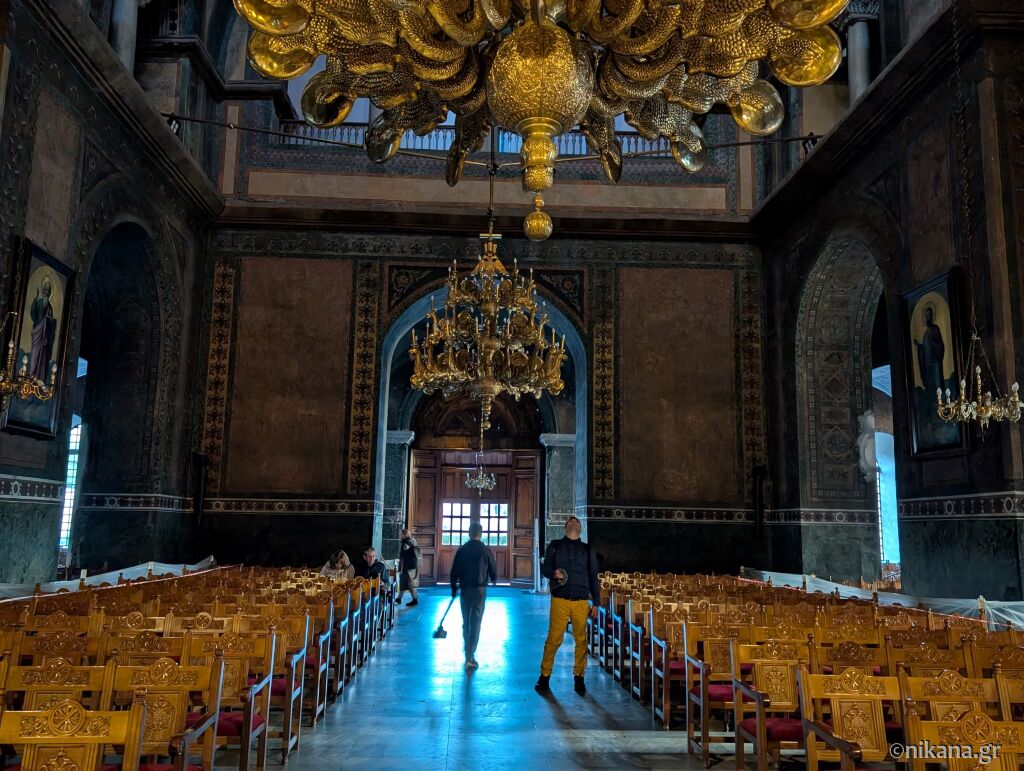
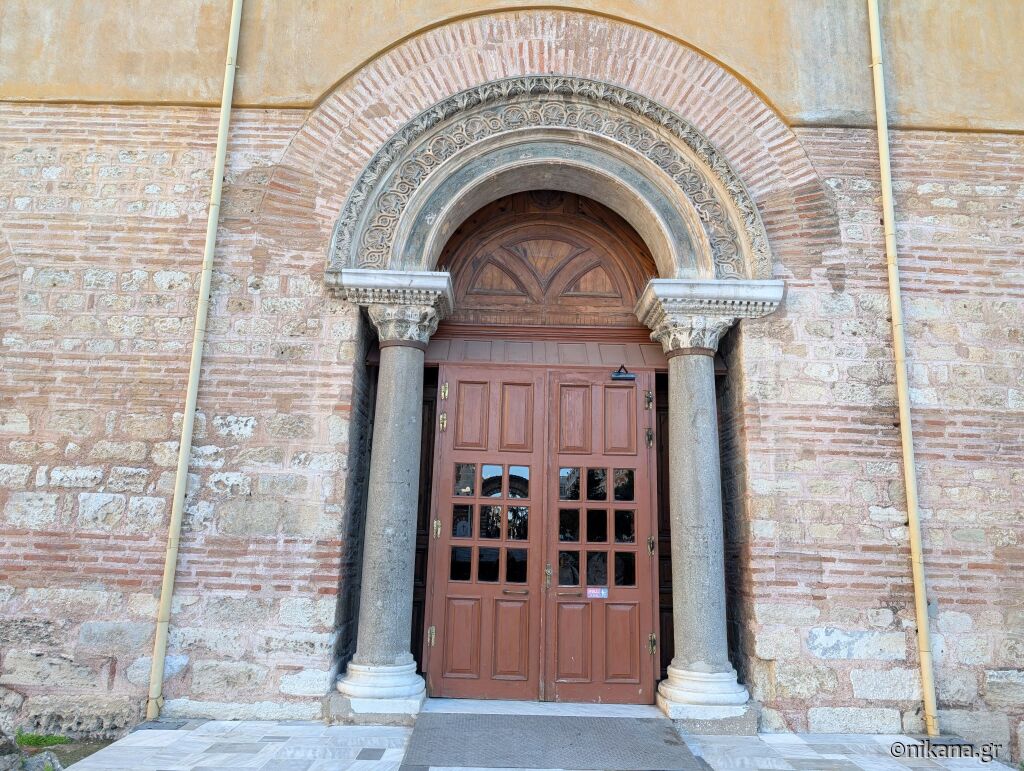

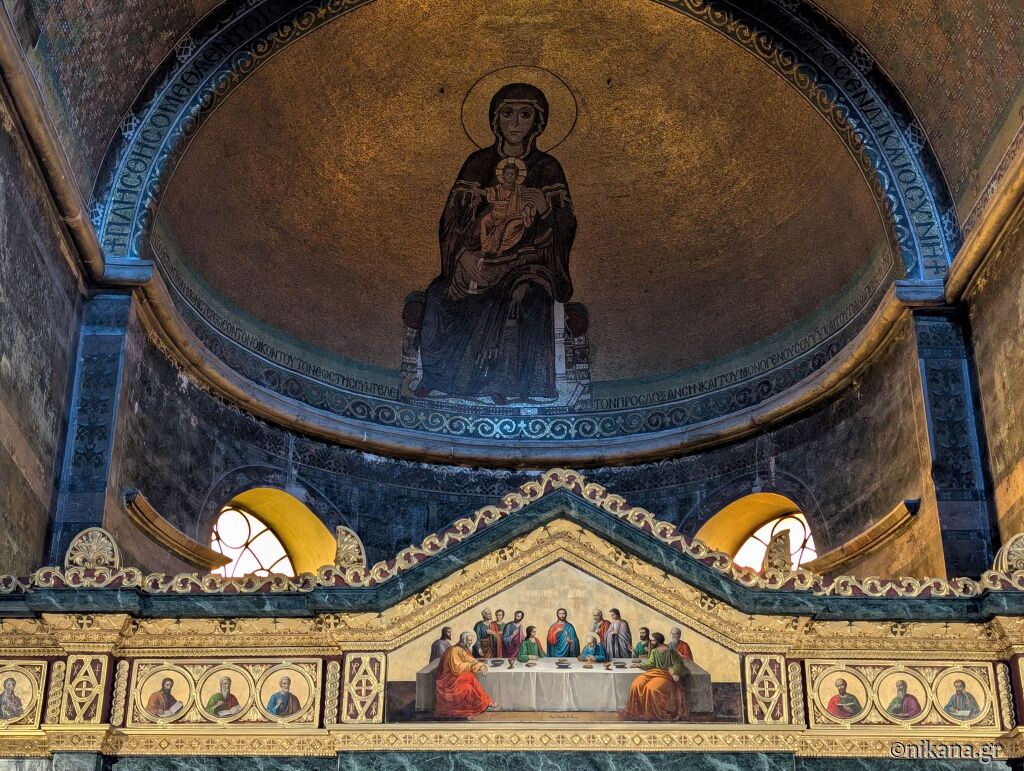
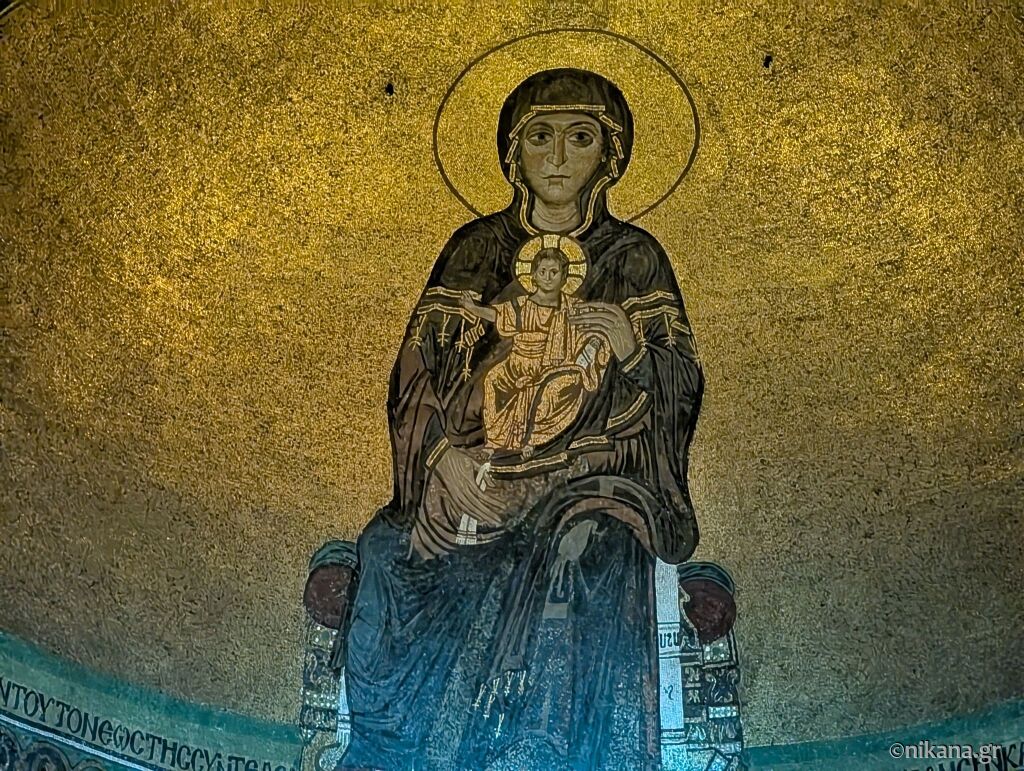
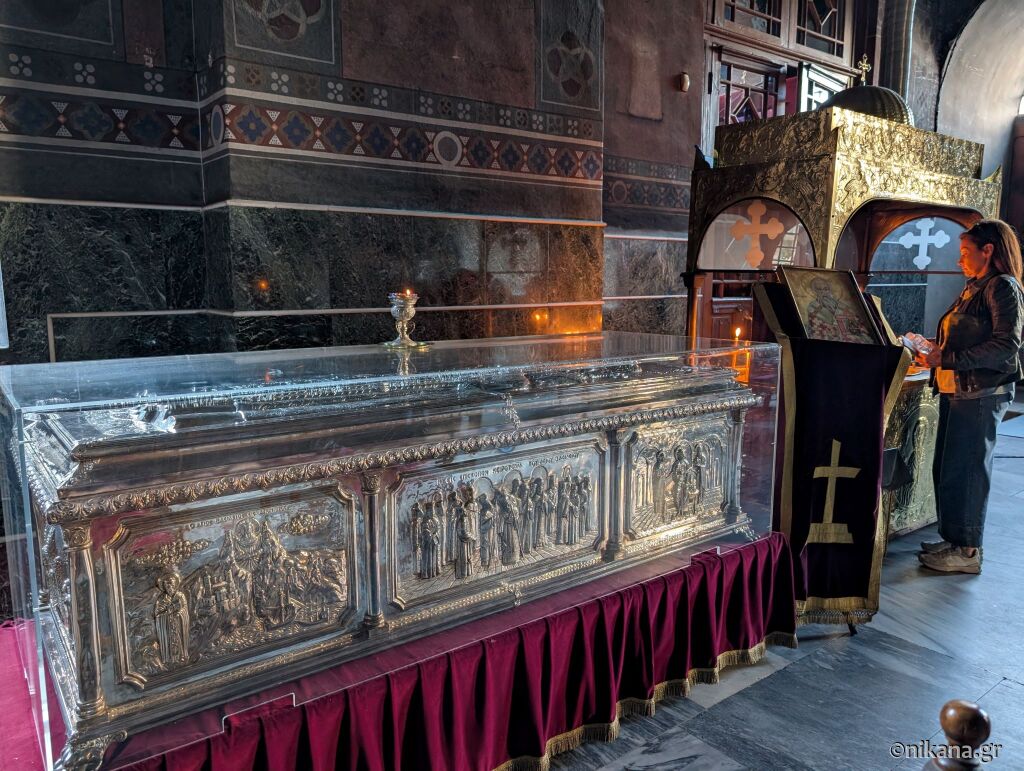

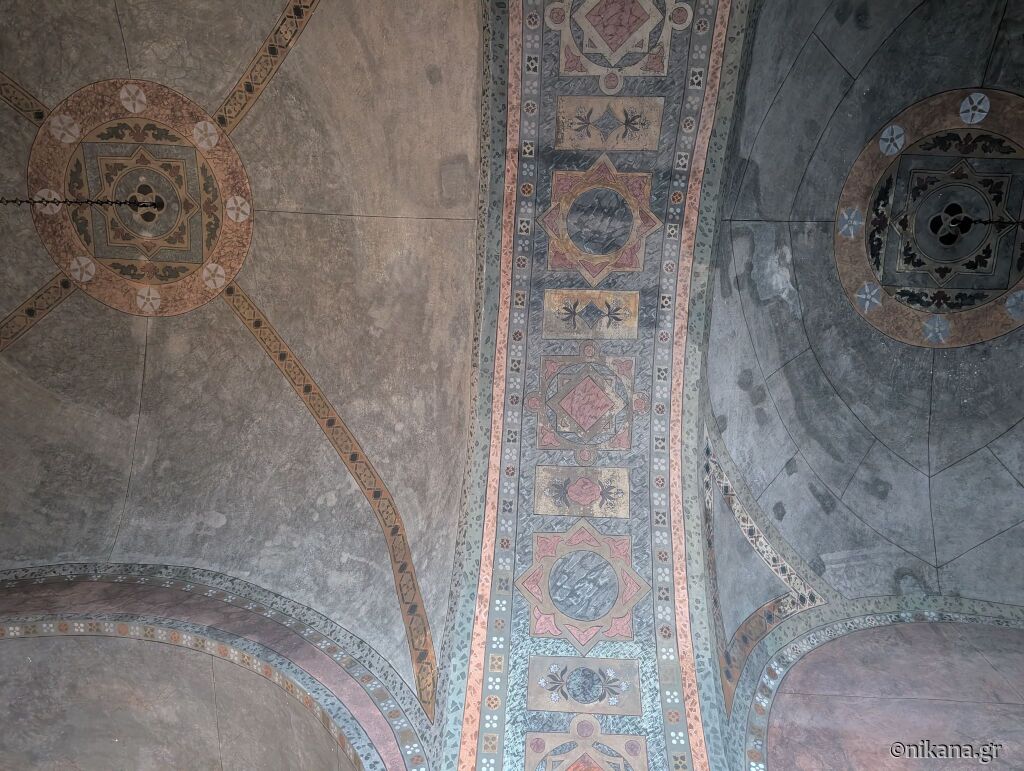
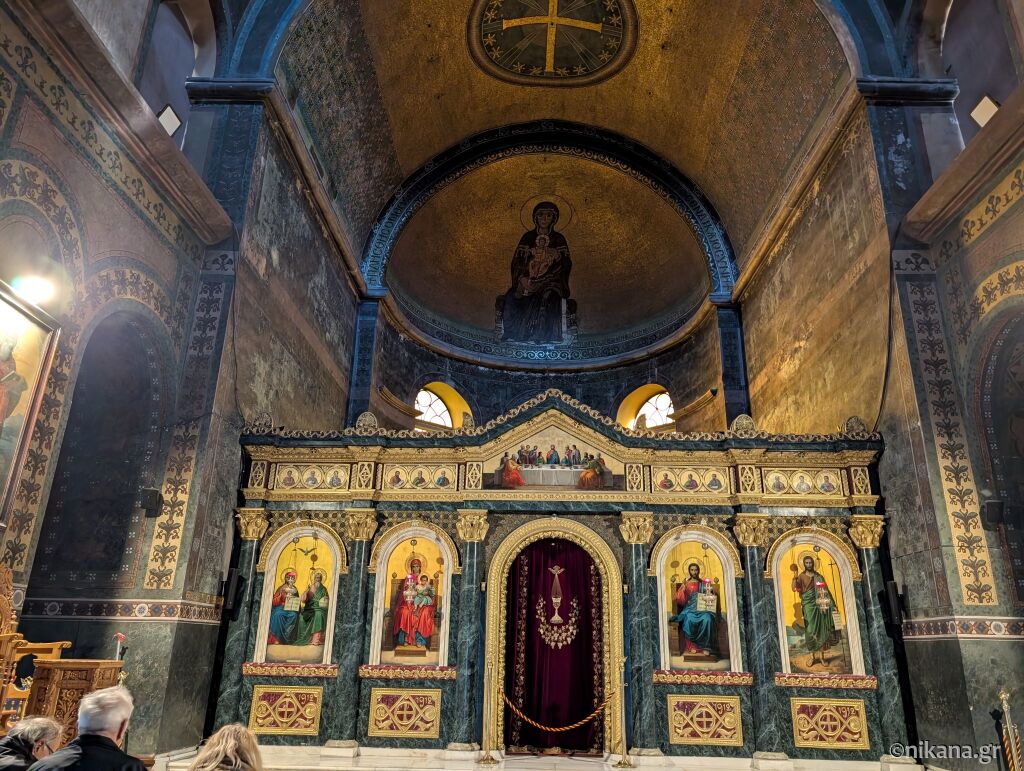
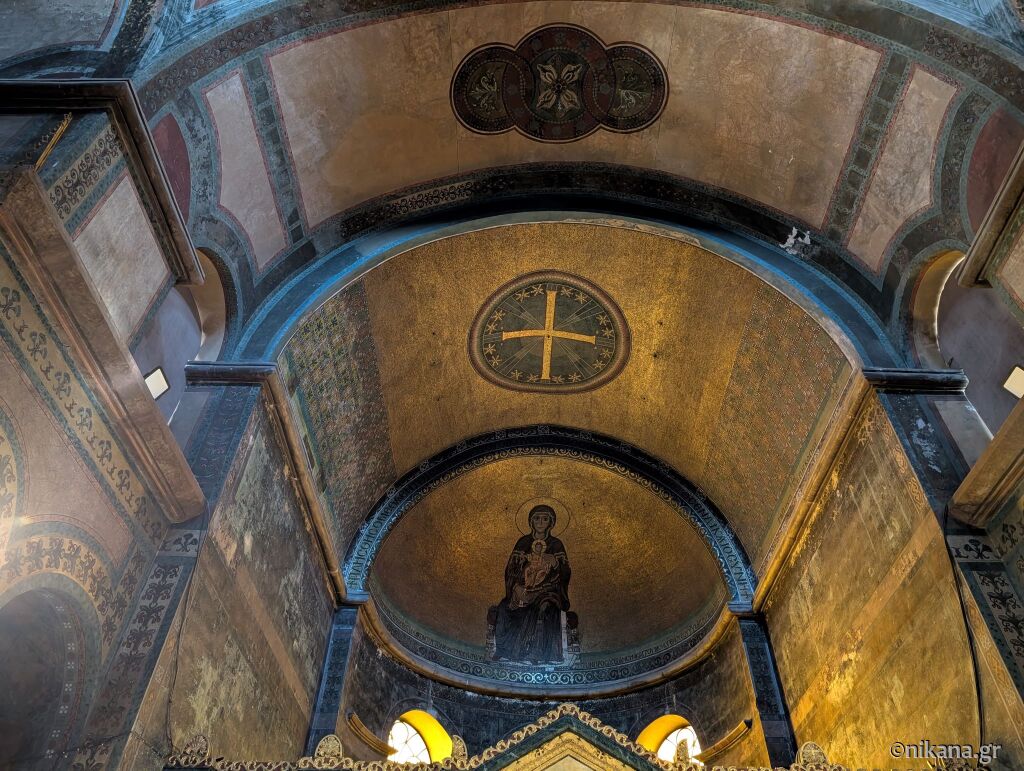




















Post a Comment
NOTE
All your questions in the comments will receive an answer via email so check your inbox shortly after you posted comment. For more detailed questions and responses, contact us via mail nikana@nikana.gr.